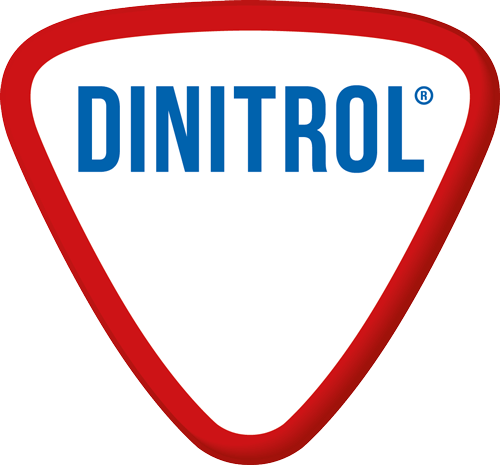Corrosion protection is a complex topic and is not yet understood by many vehicle owners. Your customers are sure to have many questions. To make your work as easy as possible, we have compiled answers to the most frequently asked questions on the following pages.

FREQUENTLY ASKED QUESTIONS (FAQ)
Is there a difference between corrosion protection and underbody protection?
Underbody protection protects the underbody of your vehicle. Since the most hazardous rust is usually formed by condensation in the cavities of the vehicle body, we recommend all-round protection with DINITROL for your car. As well as underbody protection, this also includes cavity and surface protection. Only then is your car fully protected long term.
How will you treat my car?
The treatment is fully comprehensive. We start with thorough washing and inspection of your vehicle. Then we study the individual treatment plan for your vehicle type. This ensures that we know every nook and cranny of your car for the most complete protection. All cavities in the floor assembly, door, bonnet, etc. will be treated with a thin corrosion protection product with excellent penetration properties, which penetrates below and neutralises any existing dirt and rust. Subsequently, we preserve the wheelhouses and mechanical parts, and the underbody is treated with a wear-proof underbody. Finally, the vehicle is reassembled and thoroughly cleaned.
My car looks fine. Why should I protect it against rust?
Rust spreads silently. Cars usually rust from the inside out. Moisture in cavities in doors, tailgates, rocker panels, etc. leads to rust formation, which cannot be seen until long afterwards. Rust only becomes visible when it’s already too late. That’s why it’s important to treat your car well ahead of time.
Will you drill holes in my car?
Many vehicle models have pre-drilled holes, which are sealed with a plastic stopper that can be easily removed. To prevent rust from forming in hidden cavities, drilling is sometime necessary. This is done in accordance with extremely detailed treatment plans, which are developed together with vehicle manufacturers. Freshly drilled holes are sealed with a plastic stopper after the preservation work is complete. Only then can the seamless protection of all vehicle components be fully guaranteed.
What if my car has a lot of rust?
Before we treat your car, we wash it thoroughly and assess it for rust and corrosion damage. Any loose rust and old corrosion protection products are removed. In the event of more extensive damage, we will contact you and discuss the necessary measures.
Can rust proofing damage the vehicle electronics?
At DINITROL, we develop professional treatment plans that ensure that electronic components, such as airbag sensors, pressure sensors, etc. are not damaged.
Why should my corrosion protection be regularly checked?
Just as a house or a fence need to be painted and maintained, it’s important to check your corrosion protection at regular intervals of 2–3 years. This may be weakened by wear and abrasions, but is extremely easy to fix.
Why does corrosion protection increase vehicle safety?
Rust can impair the safety of the vehicle. Mechanical parts and brake lines are unprotected and vulnerable to rust. When these parts become corroded, they pose a safety risk. Corrosion also weakens the shock-absorbing components, which then provide inadequate protection in the event of a collision. This is not only dangerous, but a serious defect and can often affect your warranty or insurance. DINITROL protects your entire vehicle against corrosion with an additional layer of protection, providing increased safety for you and your family.

